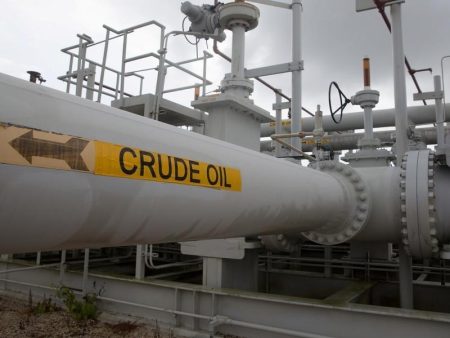BEIJING (Reuters) -China’s consumer prices declined for a third month in December while factory-gate prices extended their prolonged slide, highlighting persistent deflationary pressures in an economy struggling to mount a solid recovery.
The consumer price index (CPI) shed 0.3% in December from a year earlier, and was up 0.1% month-on-month, data from the National Bureau of Statistics (NBS) showed on Friday. November’s index dropped 0.5% in annual and monthly terms.
Economists polled by Reuters forecast a 0.4% fall in consumer prices year-on-year and a 0.2% gain month-on-month.
NBS said pork prices, the main factor impacting year-on-year CPI, fell 26.1%, narrowing the rate of decline by 5.7 percentage points.
Services inflation, however, rose steadily with tourism and hotel accommodation prices increasing by 6.8% and 5.5%, respectively.
The producer price index (PPI) tumbled 2.7% after a 3% fall in November, marking the 15th straight month of declines. Analysts had expected a 2.6% slide in December.
The latest data underscores the broader weakness in demand across the economy, keeping policymakers alert to any entrenched expectations of price falls. China’s central bank has pledged to step up macroeconomic policy adjustments to support the economy and drive a rebound in prices.
With a protracted housing downturn, a soft job market and other headwinds such as debt risks dampening growth prospects, consumers in the world’s second largest economy have been tightening their purse strings.
Full-year CPI rose 0.2%, missing the official target of around 3% for last year. That suggests the actual inflation undershot annual targets for the 12 straight year.
China’s economic recovery remains patchy even as some data have shown a positive turn. Private-sector survey findings of faster growth in factory and services activities in December contrasted with shrinking gauges in official readings, keeping stimulus calls alive in the new year.
The People’s Bank of China (PBOC), which lifted policy bank loans at the end of last year through its pledged supplementary lending (PSL) facility, has fuelled expectations of increased support for the country’s ailing housing sector.
Earlier this week, state media quoted Zou Lan, head of the PBOC’s monetary policy department, as saying the central bank will use policy tools including reserve requirements to support credit growth.
China unveiled plans in October to issue 1 trillion yuan ($139.39 billion) in sovereign bonds to fund investment projects, and has pledged to implement proactive fiscal policy in 2024, reinforcing market views that fiscal spending is likely to do the heavy lifting to revive the economy.
Read the full article here







